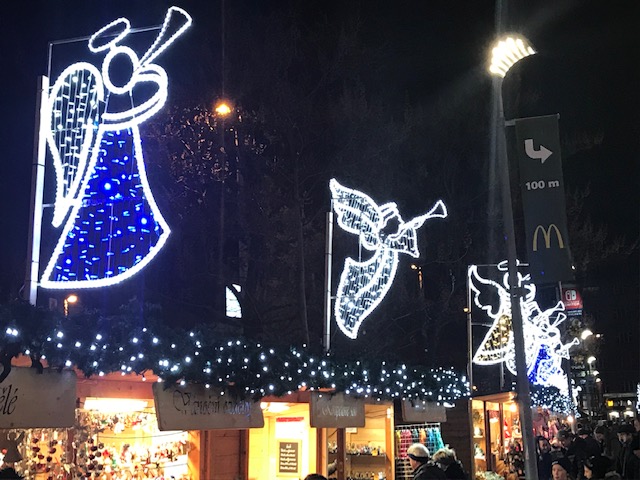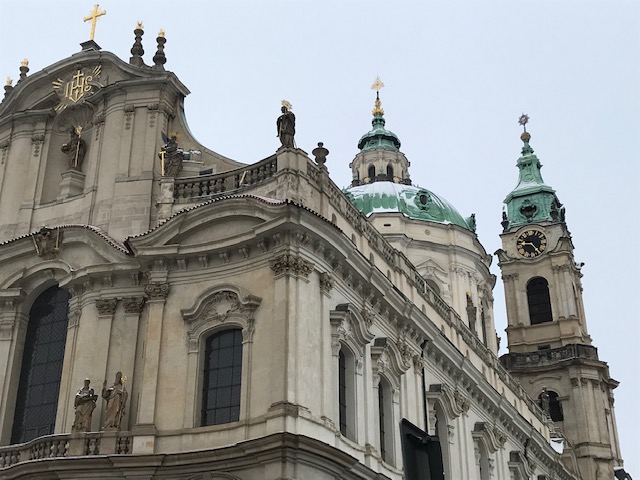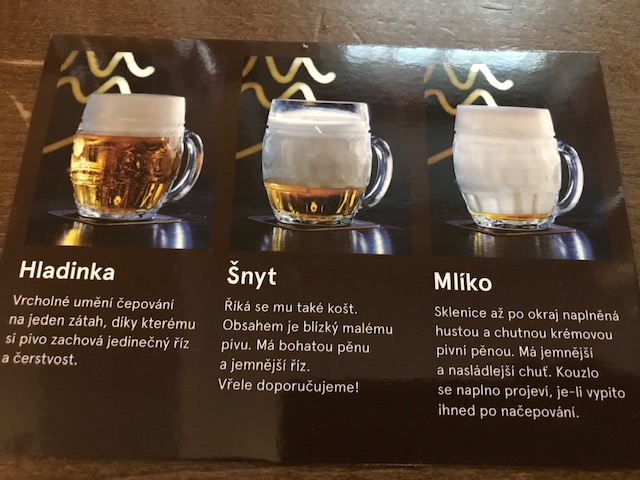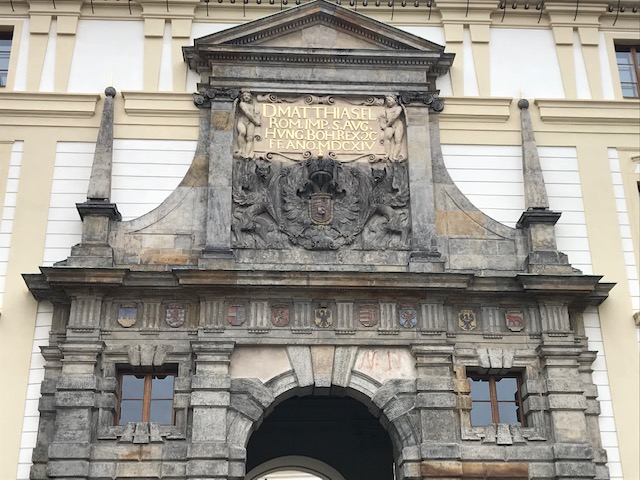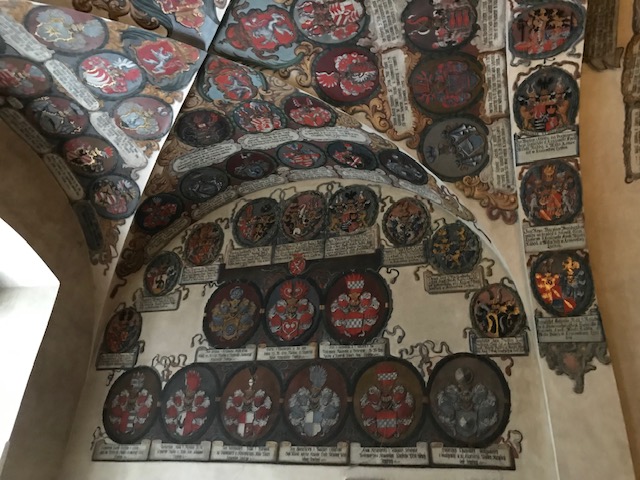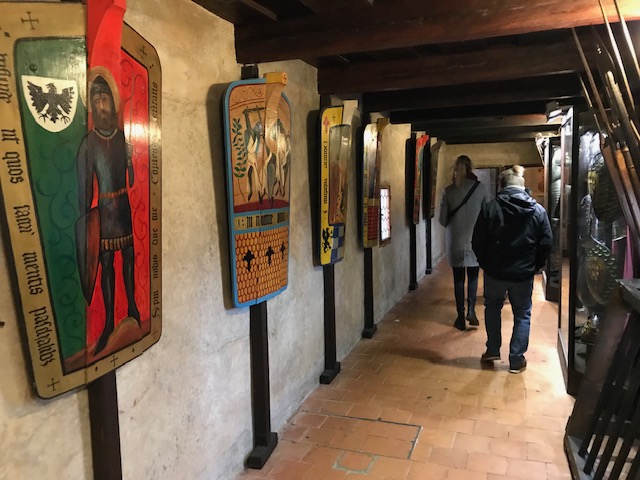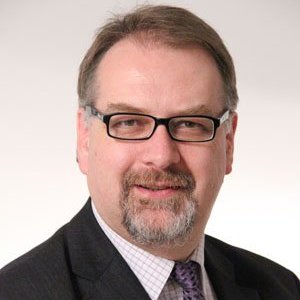 Brno in the Czech Republic;
Brno in the Czech Republic;
The visit coincided with the centenary anniversary of the birth of Czechoslovakia, celebrated jointly by the Czech Republic and Slovakia, with a number of events happening in the Grand Duchy this year.
Driving through the region, as we did after meeting up at Vienna airport in neighbouring Austria, the lands are now tilled and the vines pruned, ready for the oncoming winter. Daytime temperatures are already hovering around zero Centigrade. Crossing a lake, the surface of which is already partly frozen over, there were hundreds of water birds on the surface, a sign that it must have a nature protection status of some level in operation. But maybe it just goes some way to explain why the region’s culinary delicacy is goose...
Brno
Christmas specialities of the local Brno restaurants are served in the local Christmas Market in the Dominican Square which used to house a monastery but is now the town hall - this is just one of the four squares that host Christmas Markets in Brno, the largest of which offers traditional handcrafts as its speciality, from candles to ceramics and sheepskin products, with food dishes including a large (schnitzel-sized!) version of Luxembourg’s gromperekichelscher, the domácí bramborak, as well as a wide range of gingerbread decorations.
A local (to Brno) speciality is Turbonost, a warm apple cider and apple brandy drink - comparable to Luxembourg’s gluwein - and well worth it to get into the festive spirit and to warm up. Later, when we were to reach Prague, we discovered the Christmas tipple there was a warm mead, made from honey, with a syrupy texture
This weekend also saw the annual re-enactment of the battle between Napoleon’s forces and the Austrians, in 1805, with a parade of soldiers (from both sides) through the city centre in the early evening. Together, these experiences helped paint a picture of Brno and its inhabitants as being warm, welcoming, entrepreneurial and creative.
One of the main Czech offerings to the world - apart from beer and Skodas - is design, both regarding items such as furniture and glass, as well as architecture and interior design. Brno has a number of villas open to the public that showcase one aspect of this heritage.
It housed the Tugendhat family, with the parents and their young children’s rooms adjoining on the street level, with the servants’ quarters in the annex. The architect, Mies van der Rohe, characterised the interiors with 3m high doors, large spaces, minimalistic interiors and lot of natural light, as well as the use of chrome. Much of the interior was of rosewood, some of the original still surviving.
The house was fully electrified and was fitted with both a central hearing system and a ventilation system, including a humidifier, and was one of the first to have motion sensors (yes, back in 1930).
The Villa Tugendhat is regularly used for filming, for 1970s-1980s settings, with “The Glass Room” shot there recently and due to be released shortly.
The interior of the Cathedral of St Peter and St Paul (Brno) is primarily Baroque with impressive 84-metre-high Gothic towers. One fascinating detail involves the church bells ringing at 11:00 instead of at noon: according to legend, the reason for this is that during the Thirty Years' War the invading Swedes had promised that they would call off their attack on Brno if they had not succeeded in taking the city by midday on 15 August. Some shrewd Brno citizens decided to ring the bells an hour early on this date, fooling the Swedes into breaking off the siege and leaving empty-handed...
The city of Prague currently has around 1.3 million residents, with its left bank and right bank either side of the Vltava river. Its public transport system runs 24 hours/day, with its metro system running three lines, also a bus system and tram network - nowadays it is easier to travel within the city using public transport rather than driving one’s own car.
We walked from the Prague Castle atop the hill, through narrow streets and Liechtenstein Square, past buildings and Churches built and rebuilt by the Knights of Malta, under and then across Charles Bridge and its iconic statues, to the right bank and the famous Astronomical Clock.
One of the significant things about Prague, apart from its historical past, is its architecture and design. Another is music, with a multitude of classical concerts on offer, with music from the likes of Mozart, Dvorak and Vivaldi.
Prague Castle
The original Czech crown lies in the treasury in the cathedral. Also, Charles (later Charles IV, Holy Roman Emperor, son of John the Blind) and all Bohemian kings since the 13th century are all buried in the crypt, with the remains of Wenceslas (second son of John the Blind) in the cathedral itself.
The Basilica was built in the 10th century, with stone walls and a wooden roof. It was originally linked with the nearby convent. There are also dungeons and torture chambers for the more gruesome of tourism experiences. The Golden Lane, named after the goldsmiths who used to work there, is quaint and well worth a visit. When Franz Kafta visited Prague, he stayed here for a while and wrote a short story here.
The castle area is so large and comprises so many components, including the royal palace and three other palaces, that you can spend a full day exploring Prague Castle. One of the large rooms actually hosted jousting tournaments, with knights on horseback...
The Restaurant Tanzberg in Mikulov (on the drive between Vienna airport and Brno) offered our first taste of Czech food, with a goose menu on offer as the speciality of the region (Moravia - Prague is in Bohemia along with the entire west of the country). Despite a rural setting and situated just inside the border from Austria with the motorway having ended 20km or so ago, this was a modern restaurant in a rustic hotel inna rural town. The food was surprisingly tasty and was well worth the slight detour.
The Plzenska restaurace in the Municipal House on Republic Square in the centre of Prague serves traditional Czech cuisine; the outside of the building, its entrance and - in particular - the cavernous restaurant dining room interior, which is located underground, have the most amazing art deco decor which was designed by the best Czech artists and painters around 1918, the year it opened. We started with small Czech pancakes (bramboraky), a local goulash soup and then Svícková (a beef dish) and the traditional kachna (roast golden duck) with red cabbage and dumplings.
The Lokal has the longest beer hall in Prague and, besides offering tastings of different Czech beers, and an explanation on the three different ways to pour and serve Czech beer, also offers local Czech cuisine here - we sampled the schnitzels and potato salad which complemented each other beautifully. They also serve a local cola, created during communist times as American/western products were not allowed; this “brew” had a distinct licorice taste.
The Cukrárna Myšák is a delightful café which serves great coffee and tea, along with local traditional cakes, including apple strudel and cream rolls.
Where to stay
Prague: the Vienna House Andel’s Hotel. Situated very close to public transport (buses trams and the metro) as well as accessible by foot to the Christmas Market and just a few minutes' walk from Charles Bridge.
We flew Luxair to Vienna, drove 2 hours to Brno, took the train to Prague and flew KLM back to Luxembourg, via Amsterdam. Luxair also flies directly to Prague between April - October.

















